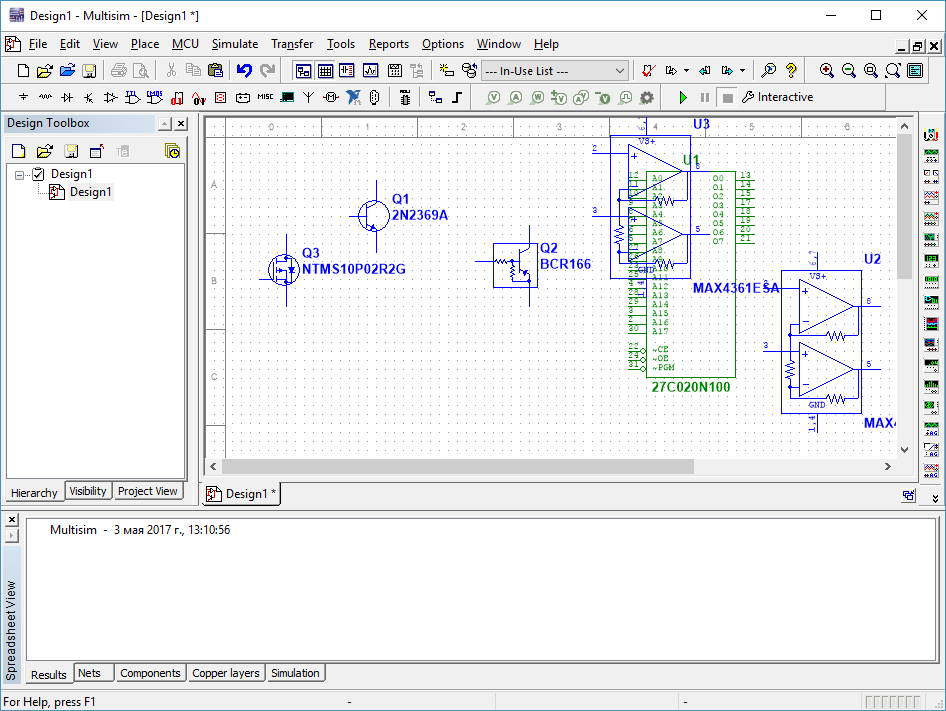

On the other, when the volume fractions are also varied, the active TPB is shown to be strongly depended on the volume fraction of the phase having the highest mean particle size. However, no significant change is observed in inactive TPB formations even for the largest particle size investigated, revealing almost fully percolated phases can be achieved when the volume fraction of each phase is equal (∼33.3%). TPBs for the polydisperse particles with the same volume fraction also show a decreasing trend with the mean particle size in general. Moreover, ∼94% of the total TPB density is determined to be active regardless of the mean particle size. Active TPB densities of 37.62 μm μm⁻³, 9.27 μm μm⁻³ and 4.11 μm μm⁻³ are obtained from the electrode microstructures with mono-sized particles of 0.25 μm, 0.50 μm and 0.75 μm mean particle size, respectively. However, both are found to be inversely related to the square of the mean particle size. For mono-sized particles with an equal volume fraction, the active and total TPB density are found to decrease with increasing the mean particle size due to decreased surface area. Solid oxide fuel cell (SOFC) electrode microstructures composed of catalyst, electrolyte and pore phases with various microstructural features are synthetically generated and the effects of the mean particle size and volume fraction of each phase on three/triple phase boundaries (TPBs) are computed.


 0 kommentar(er)
0 kommentar(er)
